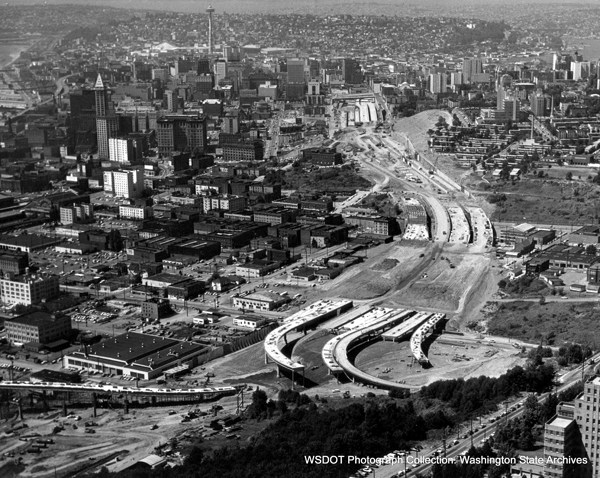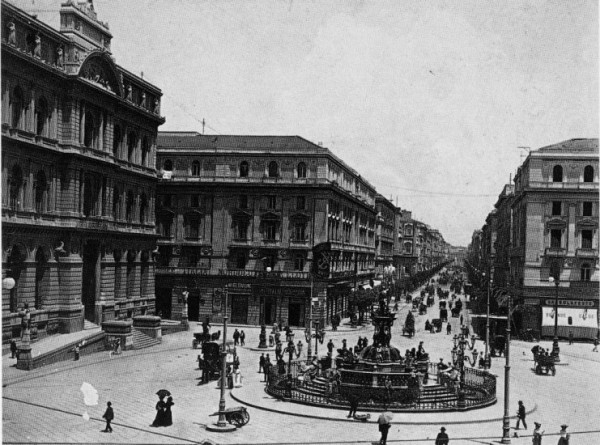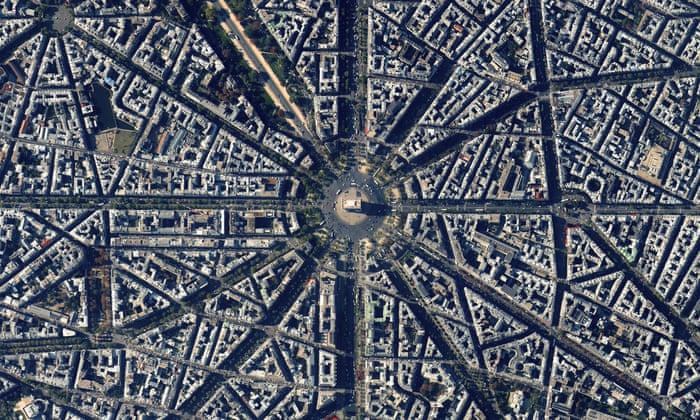
1/ There is not much innovation coming from Italy, honestly. My home country is generally a laggard.
But the recent overhaul of mobility planning started with the creation of PUMSs is, I believe, an exciting example of how mobility planning should look like. A thread.
But the recent overhaul of mobility planning started with the creation of PUMSs is, I believe, an exciting example of how mobility planning should look like. A thread.

2/ PUMS (Piano Urbano della Mobilità Sostenibile) - Urban Plan for Sustainable Mobility, is the new planning tool introduced in the Italian legislation in the past decade. All the 14 major metropolitan areas + cities bigger of a certain threshold must draw one. 







3/ PUMS per se are not an Italian invention, but the Italian application of a mid 2000s EU "white paper" about planning and mobility and how it can contribute in the effort to curb GHG emission and improve overall quality of urban life through a better mobility.
4/ The most important thing is that it's not a TRANSIT PLAN, it's a MOBILITY PLAN, linked clearly to the 2020 climate Agenda city must devise locally to organize their effort towards the EU goals of GHG reduction and generally better environment.
5/ When I say MOBILITY plan it's because it encompass both PEOPLE and GOODS mobility, so it's both a way to shape how people go around and the fundamental urban logistic within the same planning effort. 

6/ Even more importantly, it's not just transit alone, it's ALL the aspects of mobility: transit, bike, traffic calming (Zone 30), road pricing, parking policy, pedestrianization or reduced traffic zone (ZTLs), and even road planning.
Mobility is a comprehensive policy
Mobility is a comprehensive policy

7/ If we take Bologna's PUMS, that is a good one and one that I know quite well (but Milan's and Rome's too are good), you have clear goals in term of modal shift:
https://twitter.com/ChittiMarco/status/1260617002365988867?s=20
8/ Those goals are not limited to transit, but define a clear path to curb private car usage shifting 450.000 daily trips towards SEVERAL OTHER MODES, not just transit, taking into account the nature of current trips (lengths, systematicity, etc.) 



9/ At the same time, there is a clear choice to limit as much as possible new road construction, that is limited to only 88M€ of new investment out of almost 1,75Bn€ of estimated capital investment.
More $$ for transit
Less $$ for road
are two faces of the same policy
More $$ for transit
Less $$ for road
are two faces of the same policy

10/ The document contains many more choices that are related to redesign of streets and public spaces (pedestrianizations, shared streets, further steps toward a car-lite city center, etc.), that must work together to curb the car usage and reach the ambitious mode shift goal
11/ Importantly, the decision of transit mode is made in the PUMS, because once we know how many more people we want to use transit, we can already decide which technology is better in which function depending on performances, existing situation and future demand: 

12/ Within the PUMS, a COST/BENEFIT analysis is carried for each major transit AND road project. You make ridership and costs estimates, both for capital and operation.
Shortly, you must state clearly what you need to move from the current situation to the desired one
Shortly, you must state clearly what you need to move from the current situation to the desired one
13/Even more importantly, the government is now financing, even up to 100%, only capital projects whose benefits have been proved within PUMS framework. With the 200+Bn€ coming soon with the EU recovery fund, many of these projects are advanced in planning enough to get EU funds
14/ The moral is: there is no planning worth of the name, especially the kind of strategic planning all mobility plans are, if you don't say clearly and credibly WHERE you want to go and HOW.
Not vague and politically neutral goal statement like: "We must love mom and pop!"
Not vague and politically neutral goal statement like: "We must love mom and pop!"
15/ Trying to evacuate all the tough political choices (are we limiting car usage? are we going toward a "zero new roads" policy? Are we making driving downtown a tougher option?) while keeping on with the "resilient", "durable" blabla is not a good service to the polity.
16/ Adding a few km of métro here, an LRT there, while keeping on with an so-called TOD policy around commuter train stations that get 5 trains/day in peak direction while enlarging Autoroutes is not solving anything (yes, I'm talking with you, Montréal)
17/ Honestly, if planning is a verbose exercise of endless plan-making for political smokescreen, sorry but I quit. Compromise is for sure part of the job of putting together different worldviews in a shared synthesis. But evacuating all the tough choices is not.
18/ I'm writing this after I decided to go through the new Strategic Plan for Transit Development recently released by Montréal's ARTM, that is, to be honest, quite the kind of "we must love mom and pop" consensual exercise, unfortunately:
https://twitter.com/ChittiMarco/status/1321179218630291458?s=20
• • •
Missing some Tweet in this thread? You can try to
force a refresh











